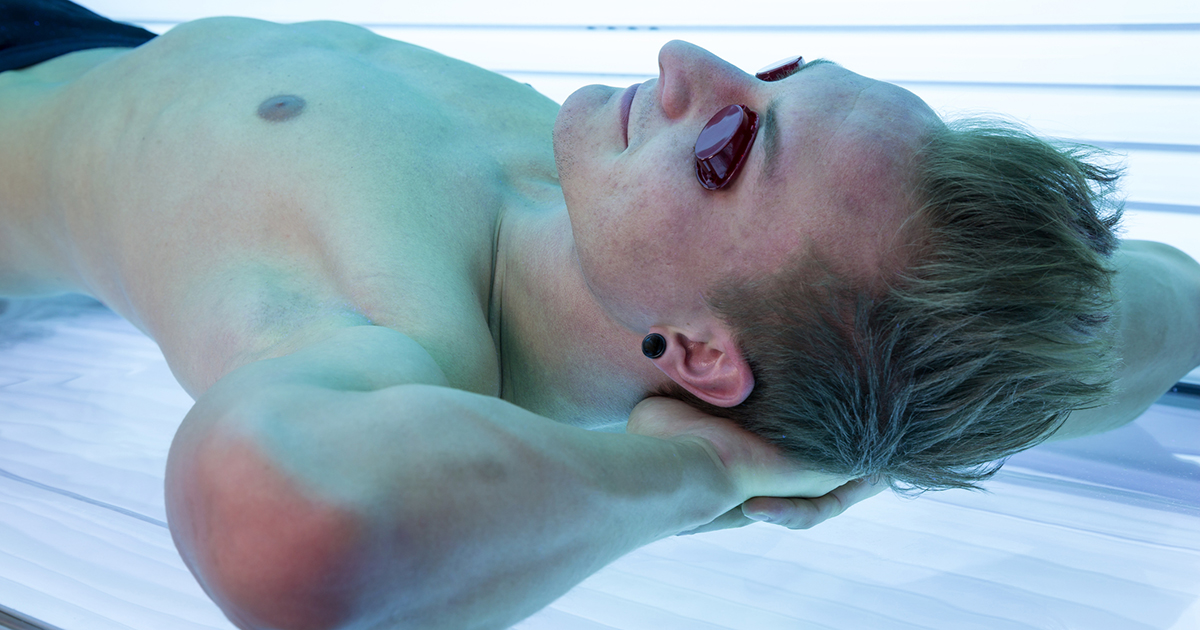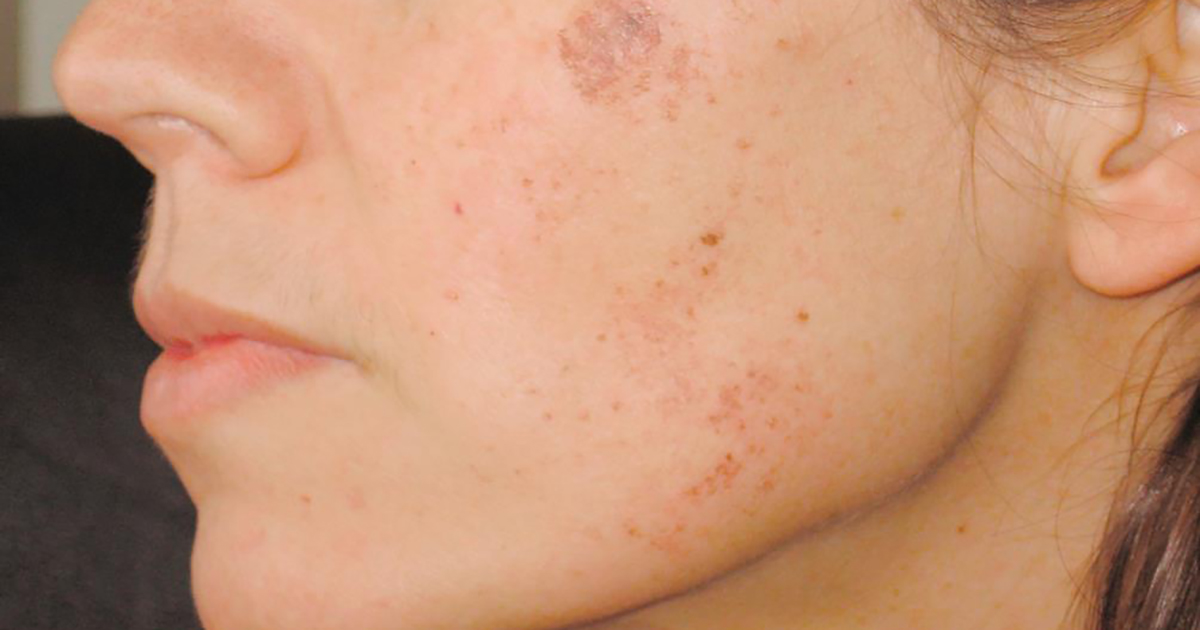Causes & Risk Factors Of Squamous Cell Carcinoma
Use Of Tanning Beds

The use of tanning beds increases your risk of developing squamous cell carcinoma. Individuals who use them are two and a half times more likely to develop SCC than those who don't. The equipment used for indoor tanning produces and discharges UVA and UVB radiation. The amount produced may be even stronger than radiation from the sun in some cases. Research studies have shown exposure to ultraviolet radiation from tanning beds increases the risk of various cancers, including squamous cell carcinoma.
Researchers estimate the usage of tanning beds may cause almost half a million cases of skin cancer every year, and in fact, one tanning session can increase the risk of squamous cell carcinoma by sixty percent. Many experts believe their use is contributing to an increase in skin cancer cases among young women who use this method to darken their skin.
Xeroderma Pigmentosum

Xeroderma pigmentosum (XP) is a rare disorder that causes extreme sensitivity to ultraviolet radiation. The disorder decreases the body's ability to heal damage caused by radiation from the sun. Symptoms include flaky skin, pigmented spots, a serious sunburn after a short time in the sun, and other skin alterations. The risk of developing various forms of skin cancer, including squamous cell carcinoma, for patients with this disorder is almost one hundred percent if precautions are not taken.
Many XP patients are diagnosed with skin cancer from an early age because they are so prone to sun damage. Sufferers of the disorder burn and blister after a short time in the sun. Xeroderma pigmentosum patients can also experience eye problems, hearing loss, and neurological problems.
